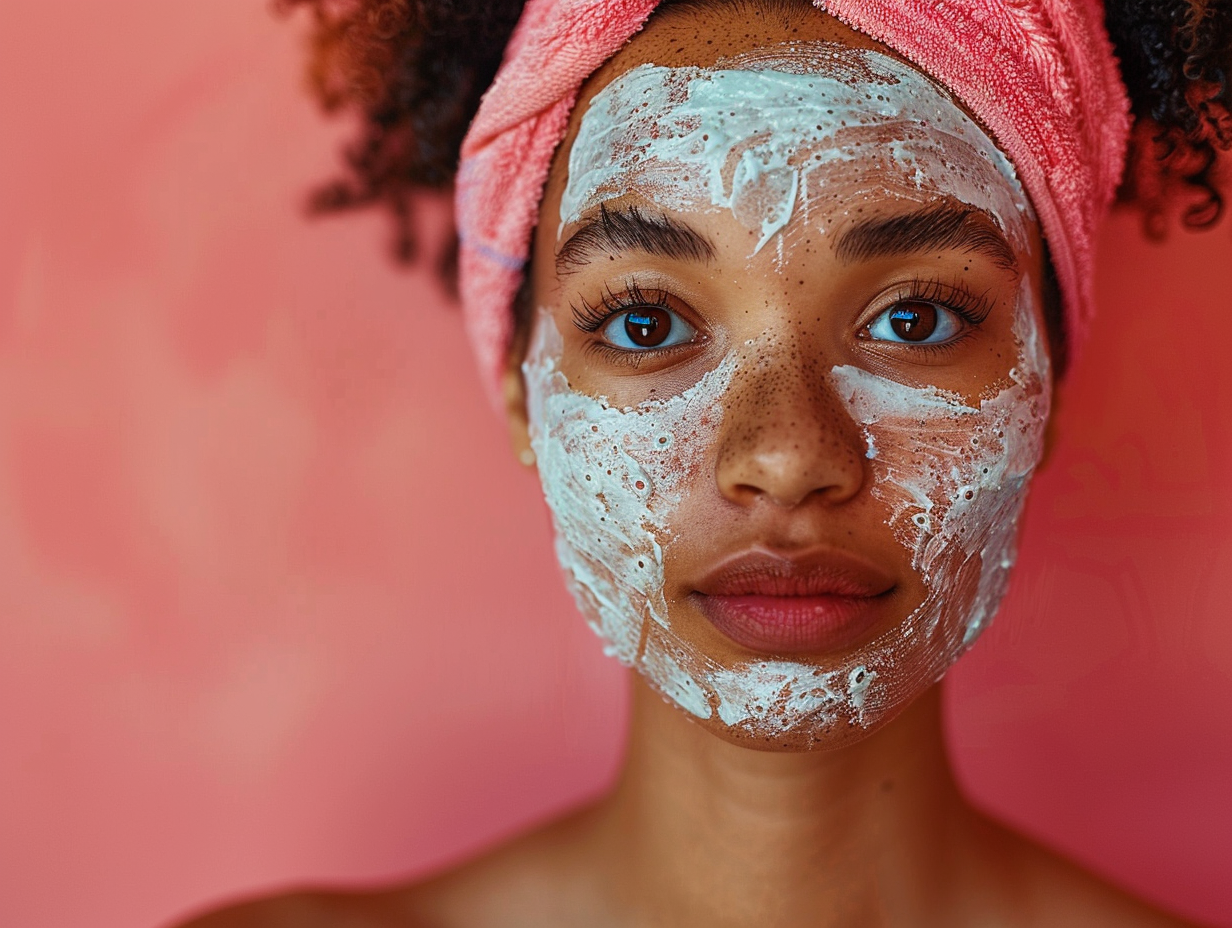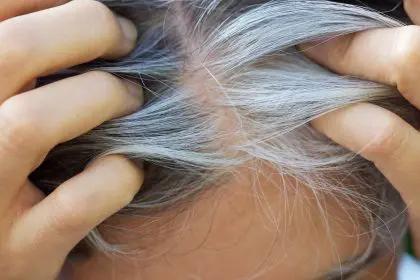When it comes to skincare treatments, few generate as much debate as chemical peels. While some individuals rave about the rejuvenating effects of shedding layers of skin, others hesitate at the thought of a temporary, red complexion. Regardless of your stance, understanding the ins and outs of chemical peels is essential before diving into this popular skincare procedure.
What is a chemical peel?
A chemical peel is a professional skincare treatment designed to exfoliate the skin deeply. According to Essence Moore, a renowned esthetician based in NYC and Charlotte, chemical peels address advanced skin concerns such as hyperpigmentation, acne and wrinkles. These treatments vary in intensity, ranging from light to deep peels, and are tailored to individual skin types and conditions.
Light peels typically utilize mild acids like glycolic, lactic and maleic acids, while deep peels employ stronger acids such as phenol and trichloroacetic acid to penetrate deeper layers of the skin. Although traditionally performed in a clinical setting, at-home options for light peels are also available. However, consulting with a skincare professional is crucial before proceeding with any treatment.
The chemical peel procedure
The process of a chemical peel begins with a thorough cleansing of the skin to eliminate dirt, oil and debris. Following this, a chemical solution is applied, which can range from alpha hydroxy acids to more potent trichloroacetic acids. The esthetician will leave the solution on the skin for a specific duration, allowing it to work effectively.
During the treatment, patients may experience sensations of burning or stinging, which can be alleviated with a fan or cold compress. After the designated time, the chemical solution is neutralized and washed off, leading to a healing period where the skin may peel and appear red. Over time, the skin reveals a brighter, more youthful complexion.
Essential tips for a successful chemical peel
If you’re considering incorporating chemical peels into your skincare routine, here are six essential tips to ensure optimal results:
- Consistency is key: For the best results, chemical peels should be performed regularly. Essence recommends a series of 3-6 sessions spaced 2-4 weeks apart.
- Suitable for all skin types: Many people worry that chemical peels may not be suitable for their skin type. However, there are peels designed for various skin types, including sensitive and combination skin. Always consult your dermatologist for personalized recommendations.
- Prepare your skin: Proper preparation is vital to avoid complications. Ensure your skin is in good condition by using sunscreen daily and hydrating products. Discontinue retinol and exfoliating acids a week before your appointment.
- Avoid picking at peeling skin: It may be tempting to pick at peeling skin, but doing so can disrupt the healing process and lead to scarring. Allow the skin to peel naturally and consider using sheet masks to combat dryness.
- Expect breakouts: Post-peel breakouts are common and indicate that your skin is clearing impurities. Use ice cubes or an ice roller to soothe any inflammation.
- Give your skin time to heal: Avoid applying makeup until your skin has completely healed and stopped peeling. Premature makeup application can clog pores and irritate the skin.
Chemical peels can be an effective way to enhance your skincare routine and achieve a radiant complexion. By understanding the procedure and following these essential tips, you can maximize the benefits of your treatment. Remember, consulting with a qualified esthetician or dermatologist is crucial to ensure that you choose the right peel for your skin type and concerns. Embrace the journey to beautiful skin with confidence!















